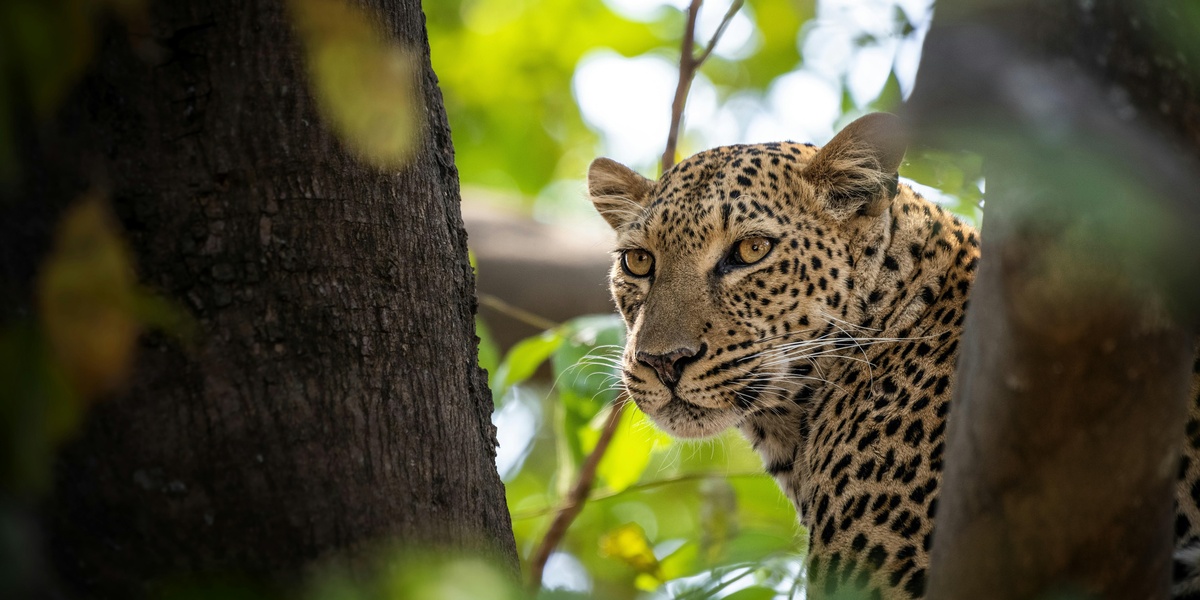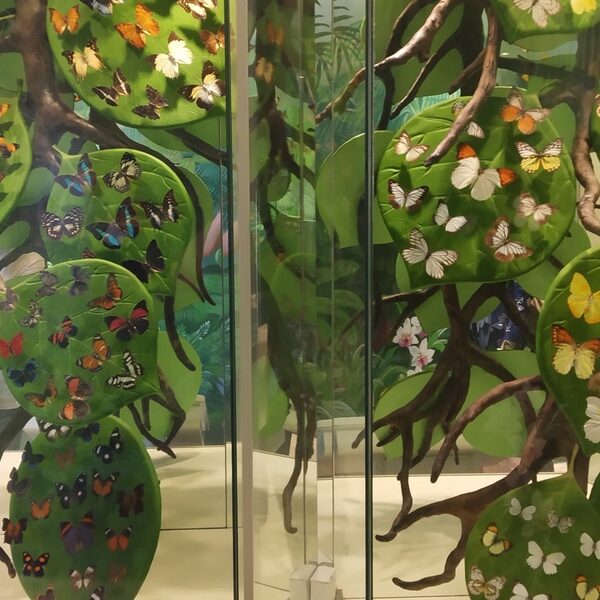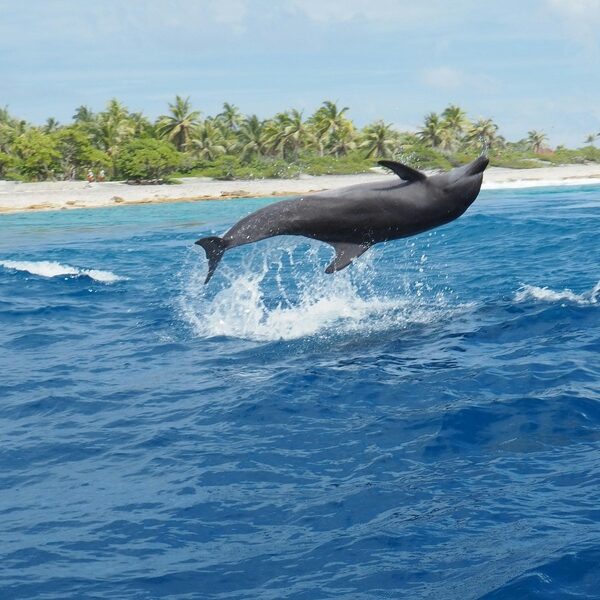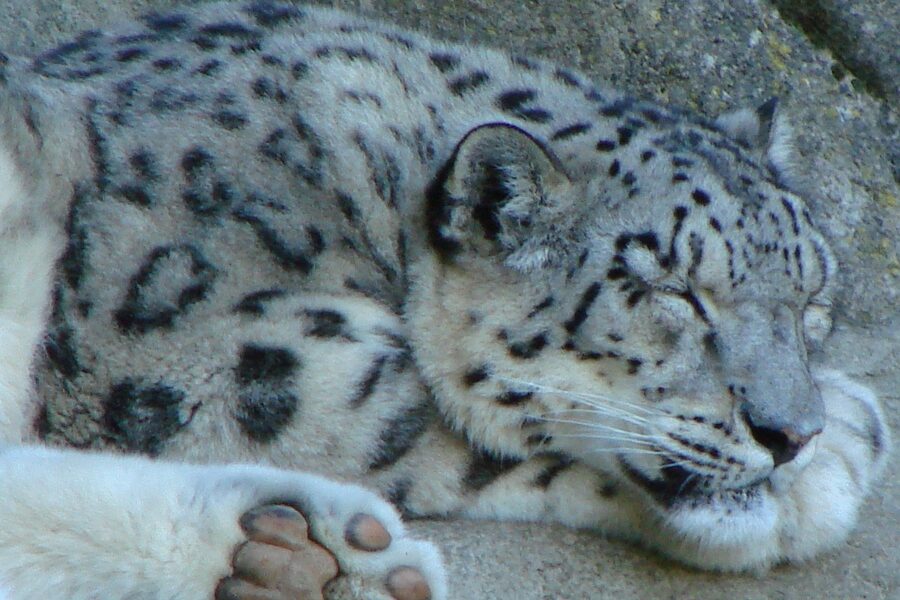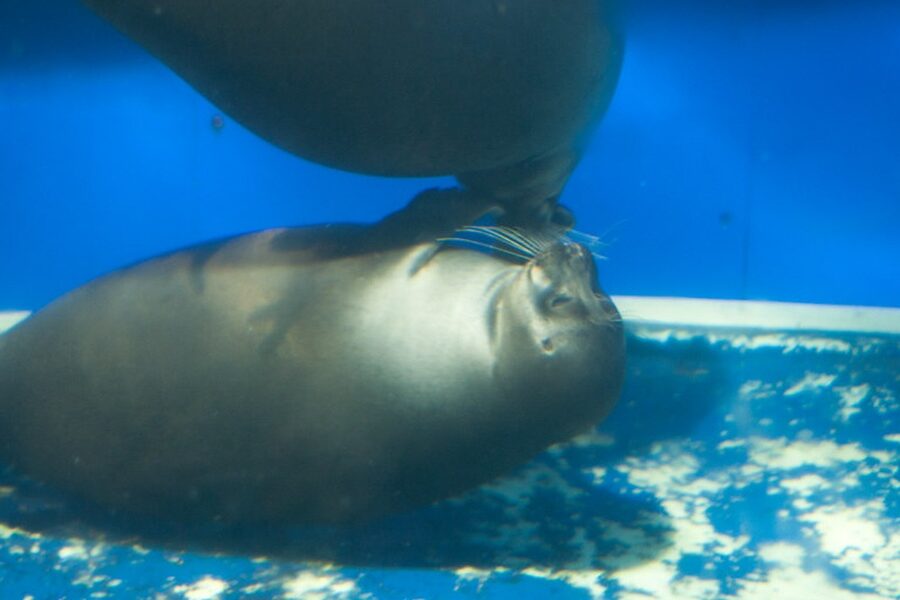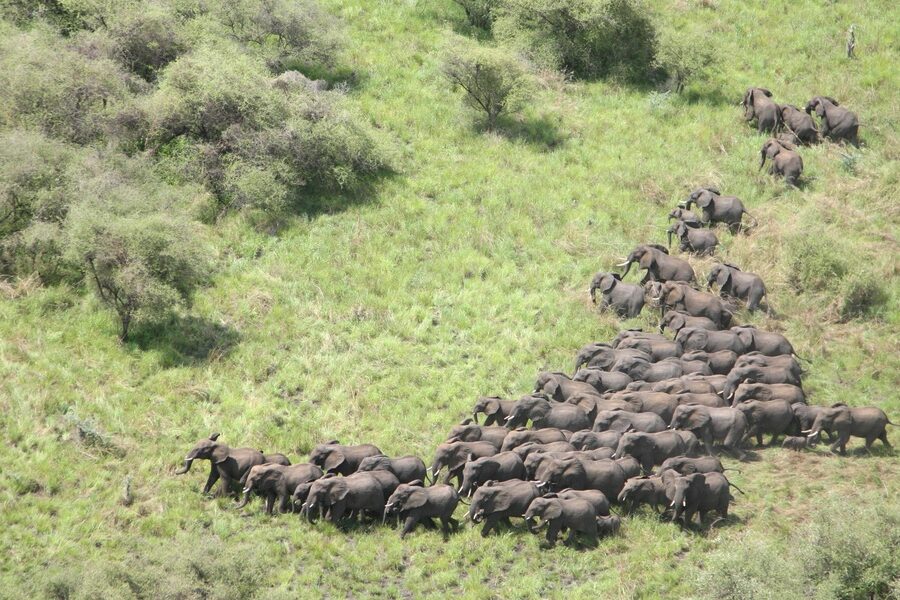Protecting biodiversity often feels like an overwhelming challenge, but conservationists have developed clever strategies to safeguard entire ecosystems by focusing on key species. These ‘umbrella species’ play a vital role, as their protection inherently benefits many other species sharing their habitat.
To help illustrate this concept, we’ve compiled 24 Umbrella Species Examples that span diverse environments and conservation needs. Ranging from the majestic African elephant, whose expansive range encompasses vast swathes of savanna, to the critically endangered Whooping crane, whose crucial wetland habitats support countless other species, these examples demonstrate the powerful ripple effect of targeted conservation efforts. For each, you’ll find a breakdown of their Scientific Name, Habitat, and Conservation Status below.
What makes a species an “umbrella species”?
An umbrella species is one whose conservation provides protection for many other species within the same ecosystem. This is typically because they require large areas or specific, high-quality habitats that, when preserved for the umbrella species, automatically safeguard the needs of a wide array of co-existing flora and fauna that share those environmental requirements.
Why are umbrella species a key tool in conservation?
Focusing on umbrella species offers an efficient and cost-effective way to manage complex conservation efforts. Instead of attempting to monitor and protect every single species in an ecosystem individually, conservationists can concentrate resources on a single, often high-profile, species. Success in protecting the umbrella species often leads to widespread benefits across the entire ecological community, making it a strategic cornerstone of biodiversity preservation.
Umbrella Species Examples
| Species Name | Scientific Name | Habitat | Conservation Status |
|---|---|---|---|
| Tiger | Panthera tigris | South and Southeast Asian tropical forests and grasslands | Endangered |
| Giant panda | Ailuropoda melanoleuca | South-central China bamboo forests and montane mixed forest | Vulnerable |
| Jaguar | Panthera onca | Neotropical rainforests, wetlands, and dry forests of Central and South America | Near Threatened |
| Snow leopard | Panthera uncia | High-elevation alpine and montane zones of Central and South Asia | Vulnerable |
| Mountain gorilla | Gorilla beringei beringei | Albertine Rift montane and montane cloud forests (Rwanda, Uganda, DR Congo) | Endangered |
| Bornean orangutan | Pongo pygmaeus | Lowland and peat-swamp forests of Borneo | Critically Endangered |
| Sumatran orangutan | Pongo abelii | Lowland and hill forests of northern Sumatra | Critically Endangered |
| African elephant | Loxodonta africana | Sub-Saharan African savannas, woodlands, and forests | Endangered |
| Asian elephant | Elephas maximus | South and Southeast Asian tropical forests, grasslands, and riverine habitats | Endangered |
| Northern spotted owl | Strix occidentalis caurina | Old-growth coniferous forests of the Pacific Northwest, USA | Near Threatened |
| Red-cockaded woodpecker | Leuconotopicus borealis | Longleaf pine forests of the southeastern United States | Near Threatened |
| Greater sage-grouse | Centrocercus urophasianus | Sagebrush steppe of western North America | Near Threatened |
| Atlantic salmon | Salmo salar | North Atlantic rivers, estuaries, and coastal marine waters | Least Concern |
| Puma (cougar) | Puma concolor | Wide range across North and South American forests, mountains, and deserts | Least Concern |
| Brown bear | Ursus arctos | Eurasian and North American forests, tundra, and alpine zones | Least Concern |
| Gray wolf | Canis lupus | Holarctic forests, tundra, and grasslands across North America, Europe, and Asia | Least Concern |
| African lion | Panthera leo | Sub-Saharan African savannas, woodlands, and grasslands | Vulnerable |
| Black rhinoceros | Diceros bicornis | Savannas, shrublands, and dry forests of eastern and southern Africa | Critically Endangered |
| Indian rhinoceros | Rhinoceros unicornis | Floodplain grasslands, riverine forests, and wetlands of the Indian subcontinent | Vulnerable |
| Loggerhead sea turtle | Caretta caretta | Temperate and tropical coastal oceans, nesting beaches worldwide | Vulnerable |
| Green sea turtle | Chelonia mydas | Tropical and subtropical coastal waters, seagrass beds, and nesting beaches worldwide | Endangered |
| West Indian manatee | Trichechus manatus | Coastal and freshwater habitats of the Caribbean and southeastern United States (seagrass beds, rivers) | Vulnerable |
| American bison | Bison bison | North American prairies, grasslands, and parklands | Near Threatened |
| Whooping crane | Grus americana | North American wetlands, marshes, and riverine floodplains (migration routes between Canada and Gulf coast) | Endangered |
Images and Descriptions
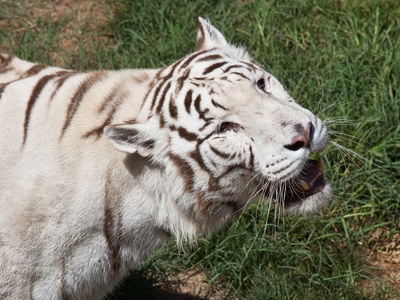
Tiger
Apex carnivore in Asian forests; protecting tigers requires large, connected landscapes which conserves forest habitats and benefits many prey species, plants, and smaller carnivores. Tiger-focused reserves protect biodiversity across hundreds of co-occurring species.
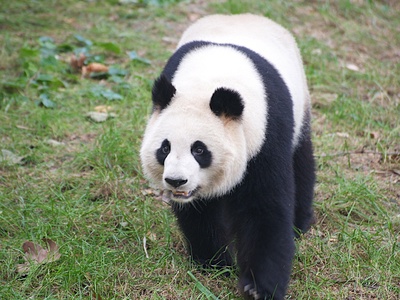
Giant panda
Conservation for giant pandas protects large tracts of bamboo forest and watershed areas, indirectly conserving many bird, mammal, and plant species. Panda reserves have become a cornerstone for preserving Chinese montane forest biodiversity at landscape scale.
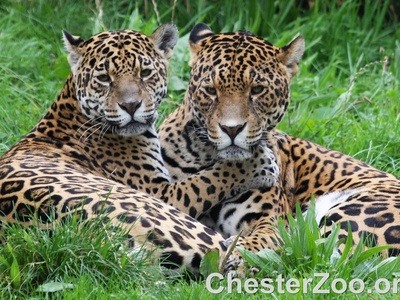
Jaguar
As a wide-ranging top predator, jaguar conservation requires large connected habitats, which conserves diverse forest and wetland communities. Jaguar protection helps maintain prey populations and the integrity of Amazonian and Central American ecosystems.
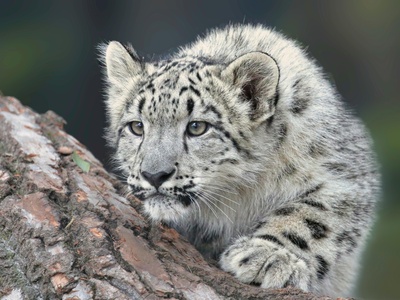
Snow leopard
Snow leopard conservation focuses on vast mountain landscapes and pastoral ecosystems; protecting these cats preserves fragile alpine biodiversity, prevents habitat fragmentation, and benefits many endemic plants, birds, and smaller mammals in high mountain ranges.
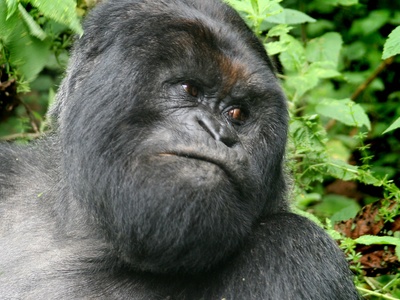
Mountain gorilla
Protecting mountain gorillas conserves intact montane forests that support numerous primates, birds, plants, and watershed services. Gorilla-led conservation has promoted habitat protection and ecotourism that benefits whole forest communities and local livelihoods.
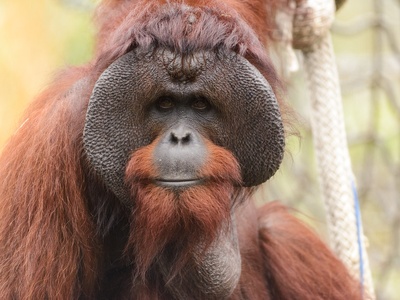
Bornean orangutan
Bornean orangutans rely on large tracts of tropical forest; conserving them protects peatlands, wildlife corridors, and countless understory species. Orangutan-focused protection helps prevent deforestation and preserves carbon-rich ecosystems that support high biodiversity.
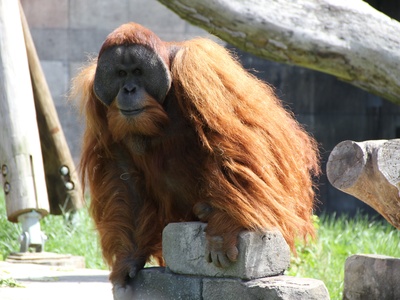
Sumatran orangutan
Sumatran orangutan conservation prevents loss of biodiverse tropical forest and peatland habitats, benefiting myriad plant and animal species. Protecting orangutans supports intact watersheds, carbon storage, and habitat connectivity for many co-occurring species.
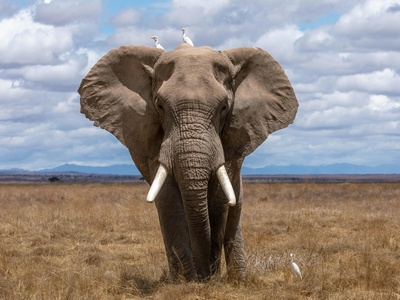
African elephant
African elephants need extensive landscapes and shape vegetation structure; conserving them maintains savanna-forest mosaics, creates water access for other species, and protects large areas that benefit herbivores, birds, and plant communities across ecosystems.
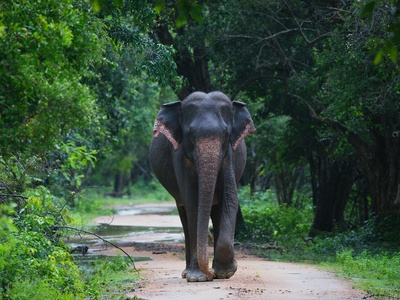
Asian elephant
Asian elephant protection secures large tracts of forest and migratory corridors, preserving habitat for many co-occurring mammals, birds, and plants. Elephant conservation reduces fragmentation and maintains ecosystem processes in human-dominated landscapes.
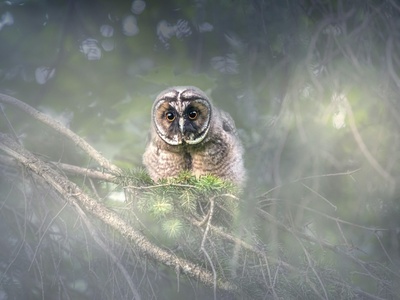
Northern spotted owl
The northern spotted owl specializes on old-growth forests; preserving its habitat conserves complex forest structure and thousands of co-occurring species. Spotted owl protection has driven large-scale policy to safeguard old-growth ecosystems and biodiversity.
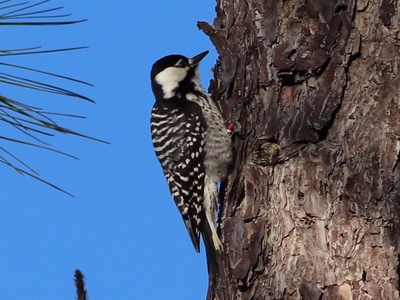
Red-cockaded woodpecker
This woodpecker depends on mature longleaf pine ecosystems; protecting it conserves fire-dependent habitats that support numerous plants, invertebrates, birds, and reptiles. Management for the species helps restore and maintain a diverse pine-savanna landscape.
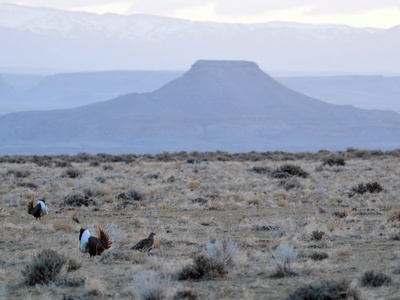
Greater sage-grouse
Greater sage-grouse conservation focuses on large, intact sagebrush landscapes; protecting the grouse conserves habitat for many shrubs, grassland birds, mammals, and pollinators. Its umbrella role guides landscape-scale sagebrush ecosystem protection and restoration.
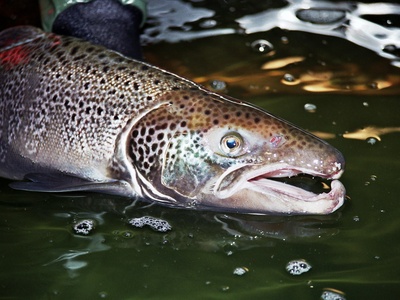
Atlantic salmon
Atlantic salmon conservation protects river connectivity, riparian zones, and estuary health; these efforts benefit freshwater fish communities, invertebrates, and riparian plants. Safeguarding salmon habitats supports broader watershed biodiversity and water quality.
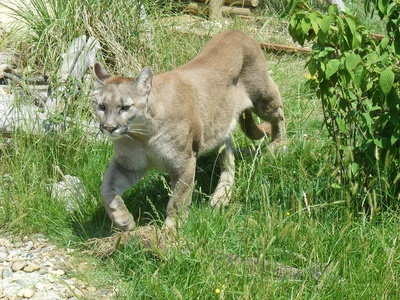
Puma (cougar)
Pumas require large home ranges and intact habitat connectivity; conserving them protects expansive terrestrial landscapes, which benefits prey species, mesopredators, and habitat integrity across diverse ecosystems from mountains to deserts.
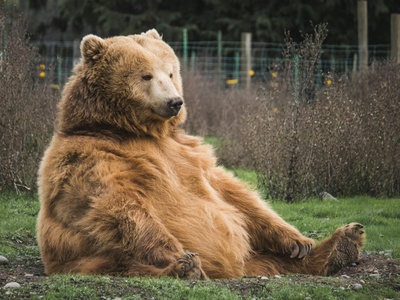
Brown bear
Brown bear conservation maintains large, connected landscapes and diverse habitat mosaics. Protecting bears safeguards watersheds, fruiting plant communities, and prey species, providing broad benefits to forest and mountain biodiversity at landscape scales.
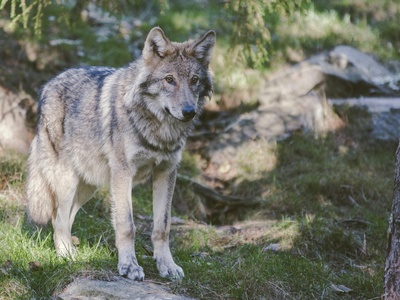
Gray wolf
Wolves require extensive territories and intact prey populations; conserving wolf habitat maintains large connected ecosystems and uplifts ungulate dynamics, vegetation patterns, and habitat structure, indirectly benefiting many co-occurring species.
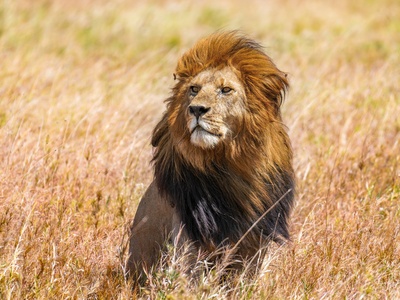
African lion
Lion conservation emphasizes protection of large savanna ecosystems and prey networks; safeguarding lions preserves landscape connectivity and benefits numerous herbivores, predators, birds, and plant communities across wide-ranging African habitats.
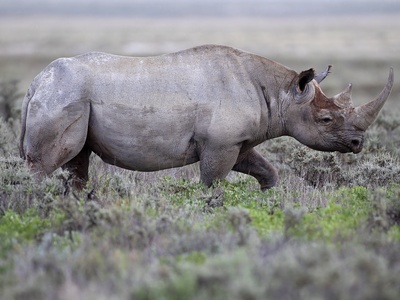
Black rhinoceros
Protecting black rhinos conserves diverse savanna and bushland habitats and helps maintain plant community structure through herbivory patterns. Rhino-focused protection supports other large herbivores and the predators and scavengers that depend on intact ecosystems.
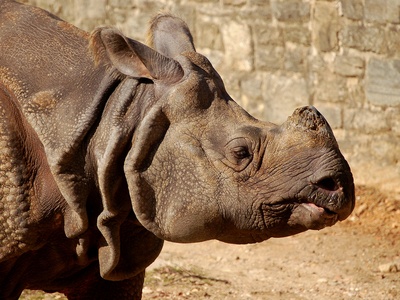
Indian rhinoceros
Greater one-horned rhino conservation protects riverine grasslands and wetlands critical for many aquatic and terrestrial species. Rhino reserves safeguard floodplain dynamics, birds, amphibians, and plant communities reliant on healthy wetland systems.
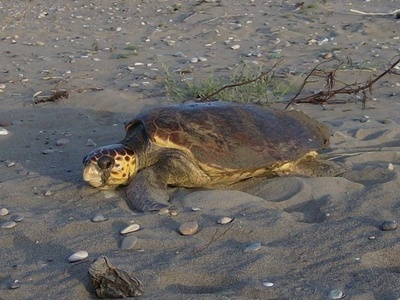
Loggerhead sea turtle
Protecting loggerhead turtles and their nesting beaches conserves coastal dune systems, beach-nesting bird habitats, and nearshore marine food webs. Beach protection and marine management for turtles benefit many coastal and marine species that share those habitats.
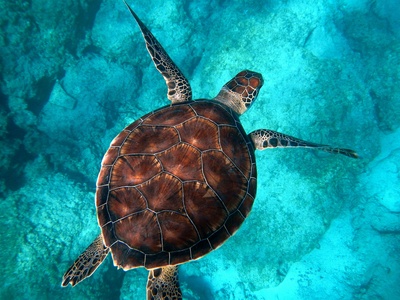
Green sea turtle
Green turtle conservation preserves seagrass meadows and coral reef edges where turtles feed and nest. Protecting these habitats benefits fish, invertebrates, and coastal plant communities and supports overall coastal ecosystem health.
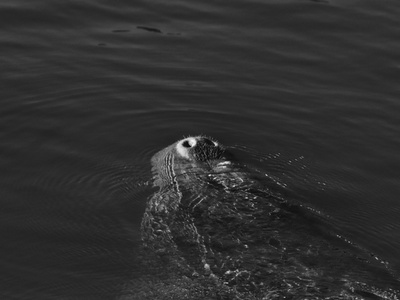
West Indian manatee
Manatee protection secures seagrass beds and calm coastal waters that support diverse fish, invertebrate, and plant communities. Conserving manatee habitat maintains water quality and the structure of essential coastal and riverine ecosystems.
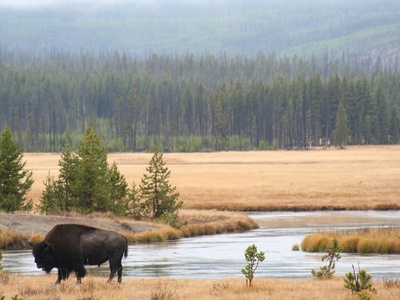
American bison
Bison conservation restores prairie processes and large open habitats; protecting bison helps recover grassland plant diversity, ground-nesting birds, pollinators, and soil health. Bison-focused restoration benefits whole prairie ecosystems and connected species.
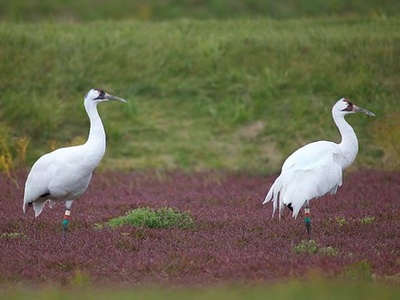
Whooping crane
Whooping crane conservation protects large wetland complexes and migratory stopovers; safeguarding cranes conserves critical wetland habitat that supports waterfowl, amphibians, fish, and a host of wetland-dependent plants and invertebrates.
